Steam Separator
A steam separator, sometimes referred to as a moisture separator or steam drier, is a device for separating water droplets from steam. In thermal power stations, water droplets in high velocity steam coming from nozzles (or vanes) in a steam turbine can impinge on and erode turbine internals such as turbine blades. Wet steam can lead to problems like water hammer and corrosion which in turn can damage costly equipment like flowmeters, control valves, effectively remove moisture from steam ensuring the highest dryness fraction at the outlet. Uni Klinger offers a wide range of moisture separators in different materials and a large variety of sizes. Moisture separators can be cast or fabricated as required. Thorough engineering and precise manufacturing ensure complete removal of entrained moisture particles.
- The thoroughly engineered design ensures maximum dryness fraction
- Internals designed for minimum re-entertainment.
A steam separator, sometimes referred to as a moisture separator or steam drier, is a device for separating water droplets from steam. The simplest type of steam separator is the steam dome on a steam locomotive. Stationary boilers and nuclear reactors may have more complex devices which impart a "spin" to the steam so that water droplets are thrown outwards by centrifugal force and collected. All separators require steam traps to collect the water droplets that they remove.
It is important to remove water droplets from steam because:
- In all engines, wet steam reduces the thermal efficiency
- In piston engines, water can accumulate in the cylinders and cause a hydraulic lock which will damage the engine
- can impinge on and erode turbine internals such as turbine blades.
- In other steam-using industrial machinery, water can accumulate in piping and cause steam hammer: a form of water hammer caused by water build up 'plugging' a pipe then being accelerated by the steam flowing through the pipe until it reaches a sharp bend and results in catastrophic failure of the pipe.
Steam drier is also sometimes applied to a drier which operates as a low-temperature superheater, adding heat to the steam.
Advantage of MS-
- Installing moisture separators before equipment like flow meters, control valves can avoid damage to this costly equipment.
- Use of moisture separators improves the overall health of the steam system and ensures high heat transfer rates and reliability of operation
SALIENT FEATURE-
- Multi baffle design to remove condensate with high level of efficiency and reliability.
- Typically contoured body design allows large flow areas to ensure low pressure drops.
- Can also be used on compressed air lines for effective removal of moisture contained in the compressed air.
- Sizes: 40mm to 250mm
- Pressure Range: PN63
- Material Of Construction: Cast Carbon Steel
There are three basic types of steam separators: baffle, centrifugal and mechanical coalescence. Often, a combination of two different types of separators is used to achieve higher efficiencies
1-Baffle Separator: This type of moisture separator is simple when it comes to the design elements and usability. The steam is redirected in one or more different directions with the help of the separator’s one or more internal baffles. This redirection of the steam flow is the reason behind the removal of the heavier condensate droplets from the steam. A drain device (steam trap station or control valve) helps in the removal of this heavy condensate. Though not as efficient as advanced types, the baffle separator is nevertheless popular in simple applications.
2. Centrifugal Separator: As the name suggests, in this type, centrifugal force is used in order to remove the entrained condensate from the steam. In order to get accurate centrifugal separator sizing, it is important that the precise pressure and steam flows are obtained. To get high separation performance, the centrifugal action must not get decreased.
3. Mechanical Coalescing/Centrifugal Separator: In this type of separator, the moisture removal takes place in two stages. In the first stage, the steam is coalesced into larger droplets after entering a stainless steel mesh. During the second stage, these larger droplets are then removed by a centrifugal element. This system results in a very high moisture removal efficiency. Usually about 99.9% efficient.
Certain systems require a steam separator to take care of the moisture content, else following operational problems can arise:
- Corrosion
- Reduction in the efficiency of the system
- Failure of the components of the system
- Wiredrawing
- Malfunctioning of flow meters and control valves
- Lowering of the overall productivity of the system

 Aerated Concrete Block Industry
Aerated Concrete Block Industry  Brewery Industry
Brewery Industry  Captive Cogen Industry
Captive Cogen Industry 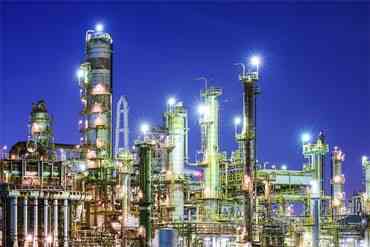 Chemical Industry
Chemical Industry  Dairy Industry
Dairy Industry 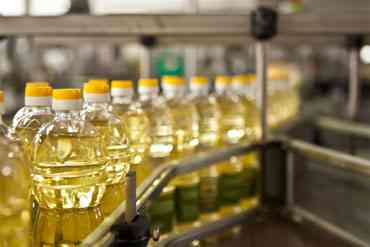 Edible Oil Industry
Edible Oil Industry 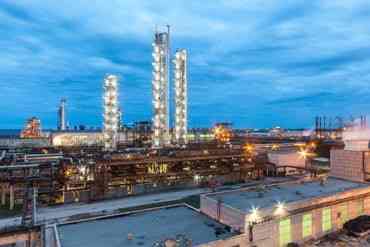 Fertilizer Industry
Fertilizer Industry  Hotel Industry
Hotel Industry 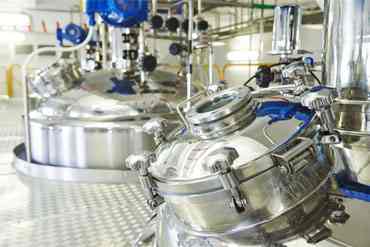 Pharma Industry
Pharma Industry 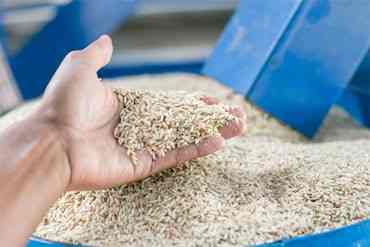 Rice Industry
Rice Industry 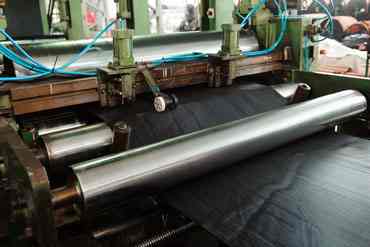 Rubber Industry
Rubber Industry 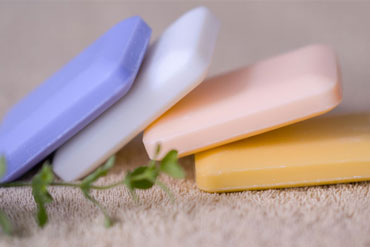 Soap Industry
Soap Industry 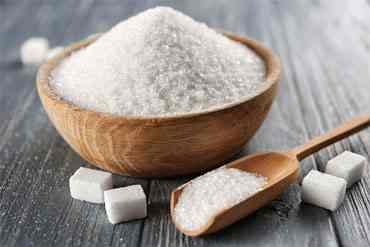 Sugar Industry
Sugar Industry  Textile Industry
Textile Industry 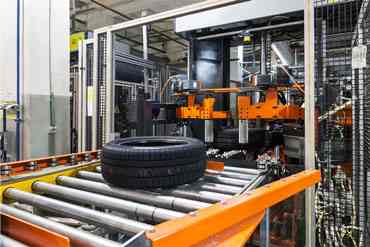 Tyre Industry
Tyre Industry